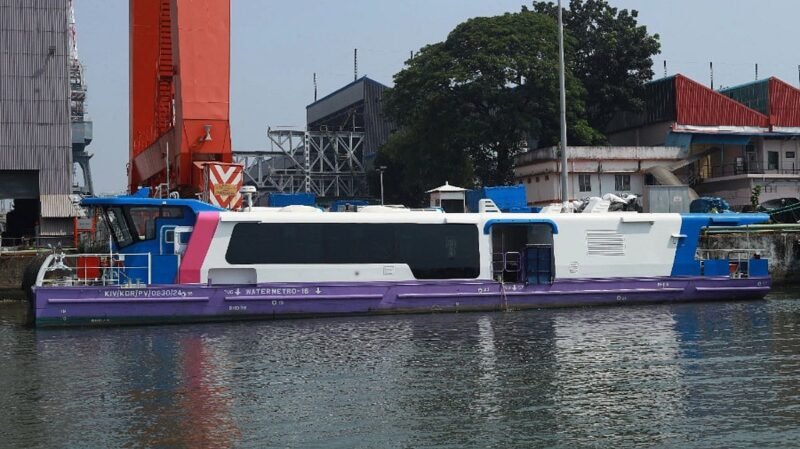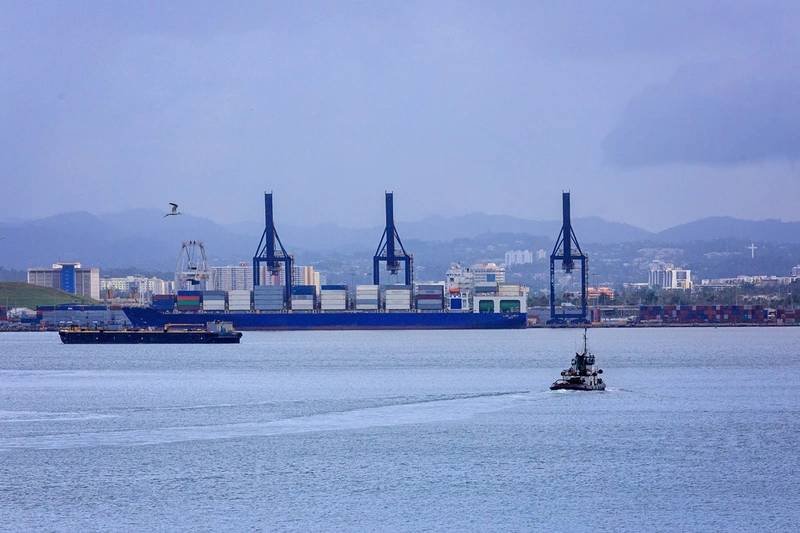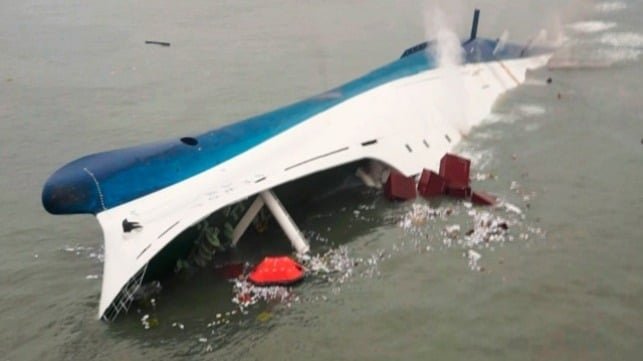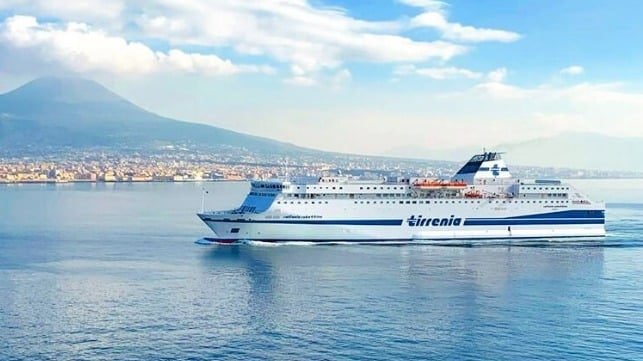A high-speed passenger ferry in New York collided with a pier while docking, resulting in minor injuries to several passengers and over $500,000 in combined repairs to the vessel and pier. The subsequent investigation by the Coast Guard and the National Transportation Safety Board revealed safety concerns, including issues with the vessel’s control system configuration. The ferry had three identical navigation bridge control stations, but a failed propulsion control transfer during a docking maneuver led to the collision.
The investigation highlighted problematic control panel designs, such as uniform pushbuttons and technological complexity, which can confuse operators, especially in stressful situations. Industry standards like ASTM F1166 and ABS guidance on ergonomic design of navigation bridges provide essential guidelines for reducing the likelihood of similar incidents. Compliance with regulatory requirements, such as reliable propulsion control systems and vital system automation standards, is crucial for ensuring safe vessel operation under adverse conditions.
Operators and vessel designers are advised to adhere to recognized ergonomic standards during new construction or replacement of vessel maneuvering control systems. Additionally, ensuring that bridge watch standers are fully trained and familiar with the vessel control systems’ design and operation is essential for both normal and emergency situations. Incorporating best practices from references like the Coast Guard’s CG-CVC Policy Letter 17-07 and the Marine Safety Center’s program guidelines can enhance system reliability, improve crew situational awareness, and reduce the risk of incidents like the high-speed ferry collision.

















